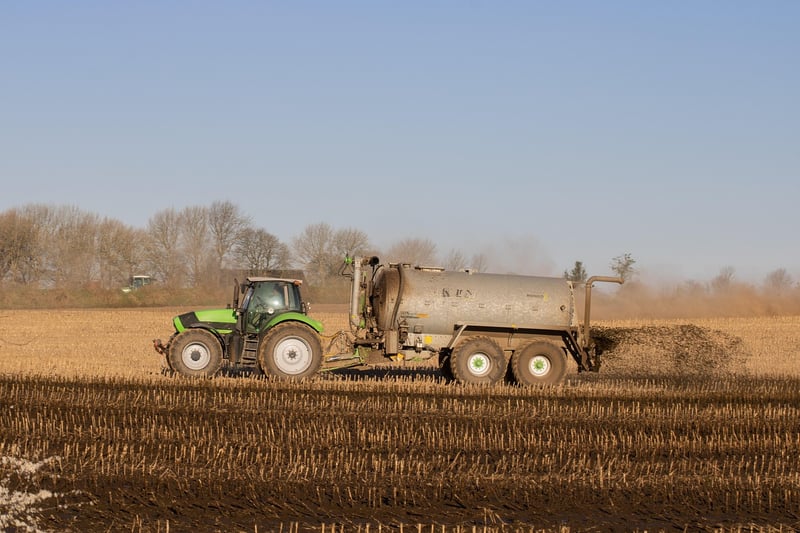Fertilizing Needs

Tips to Keep Your Vertical Garden Healthy + Fertilizing Needs
Introduction
Vertical gardens are a fantastic way to bring greenery into small spaces and add a touch of nature to your surroundings. To ensure your vertical garden thrives, it's essential to understand how to keep it healthy and provide it with the necessary nutrients. In this article, we'll explore some tips to maintain a healthy vertical garden and discuss its fertilizing needs.
Tips to Keep Your Vertical Garden Healthy
- Choose the Right Plants: Select plants that are suitable for vertical gardening, such as ferns, succulents, and herbs. Consider the amount of sunlight your garden receives and choose plants accordingly.
- Provide Adequate Watering: Ensure your vertical garden receives enough water, as plants in vertical arrangements may dry out more quickly. Consider installing a drip irrigation system for consistent watering.
- Monitor Drainage: Proper drainage is crucial to prevent waterlogging, which can lead to root rot. Use a well-draining soil mix and check that excess water can escape from the bottom of your vertical garden.
- Regular Pruning: Trim your plants regularly to promote healthy growth and prevent overcrowding. Pruning also helps improve air circulation within your vertical garden.
- Inspect for Pests: Keep an eye out for pests that may damage your plants. Inspect your vertical garden regularly and address any pest issues promptly.
Fertilizing Needs for Your Vertical Garden
Vertical gardens require regular fertilization to replenish nutrients that may get depleted over time. Here are some fertilizing tips for your vertical garden:
- Choose the Right Fertilizer: Select a balanced, water-soluble fertilizer suitable for the types of plants in your vertical garden. Look for a formula specifically designed for indoor or container plants.
- Follow Instructions: Read the instructions on the fertilizer package carefully and dilute the fertilizer to the recommended strength. Over-fertilizing can harm your plants.
- Schedule Fertilizing: Establish a regular fertilizing schedule based on the needs of your plants. Typically, fertilizing every 2-4 weeks during the growing season is sufficient.
- Apply Carefully: When applying fertilizer, aim to cover the entire vertical garden evenly. Avoid getting fertilizer on the leaves, as this can cause burns.
- Monitor Plant Response: Pay attention to how your plants respond to fertilization. Adjust your fertilizing routine based on the growth and health of your vertical garden.
Conclusion
By following these tips to keep your vertical garden healthy and understanding its fertilizing needs, you can create a thriving green oasis even in limited spaces. With proper care and attention, your vertical garden will continue to bring beauty and tranquility to your home or workspace.